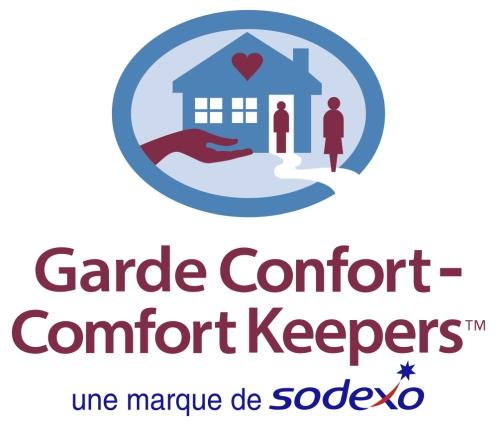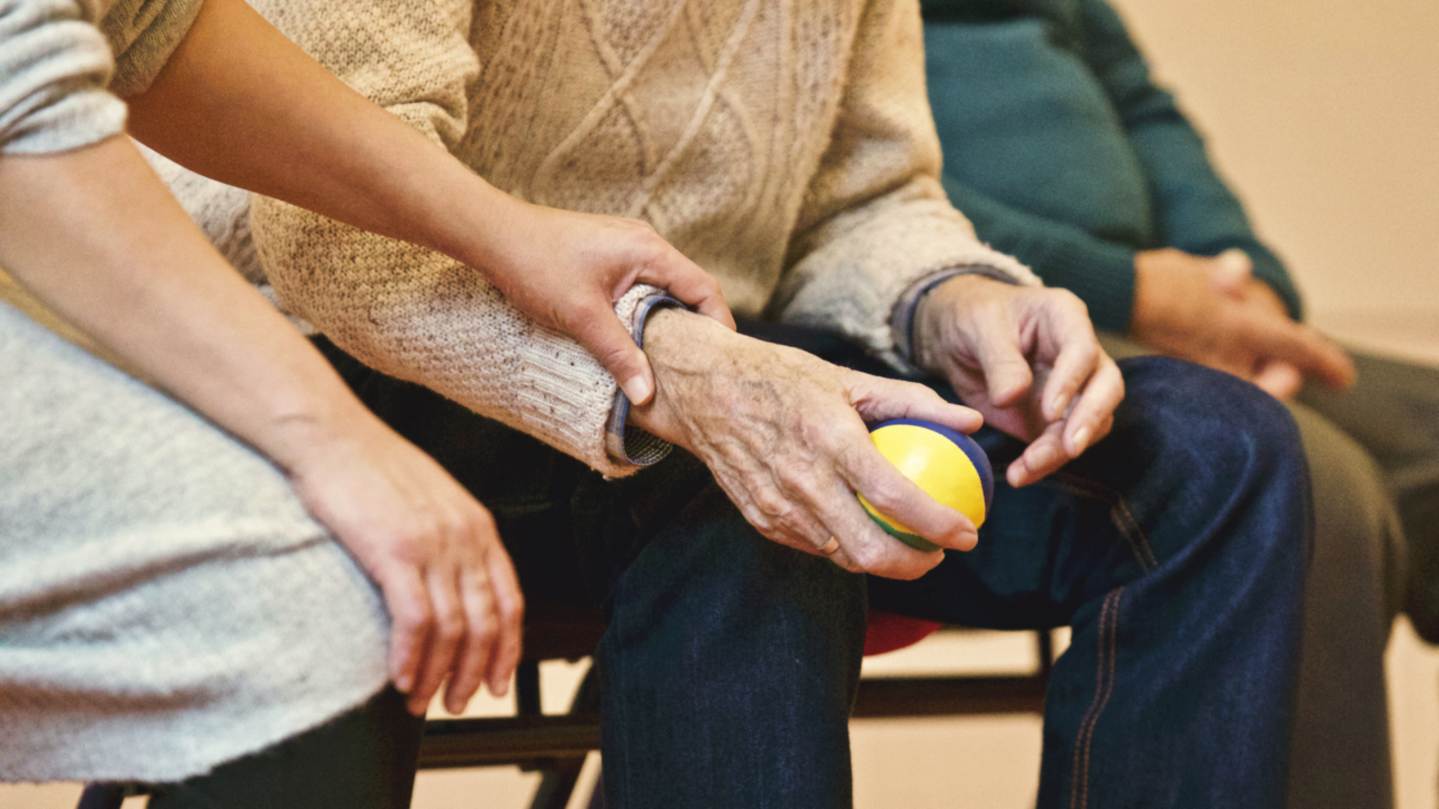
What Are Your Respite Options?
As a caregiver, organizing respite is very important and can improve how you help a loved one. Thankfully, you have a few options. Not all strategies or levels of support will work for everyone, but whatever your personal needs and budget, it is good to know you have options and that you are leaving your loved one in safe, competent and trustworthy hands.
There are two main forms of respite care: formal and informal. Both types of care provide carers with different opportunities. Formal respite involves hiring a professional or visiting a specific facility to help with the care of your loved one. While informal care involves asking a trusted family member or friend to come in and give you a break.
Many opportunities for formal respite services exist in communities: in-home respite services, adult day care programs, respite hotels, respite care in residential care facilities, and hospice palliative care.
In-Home Respite
Hiring a professional in-home care provider can allow you to complete other activities while also potentially helping with care needs such as dressing, bathing, meals, toileting, physical exercise, medication, or other medical care. This may be provided through regional public home care programs or through private home care providers.
Adult Day Care
Spending time at an adult day program can provide both structure and social interaction for the person in need of care and a break for the caregiver. What’s more, the staff are often trained to complete specific caregiving tasks such as ensuring medication intake or playing cognitive games. It also provides flexibility as adult day care programs tend to require limited commitments (on a as needed basis). Adult day care programs tend to be privately-run and involve a cost, but some public health organizations provide free programs.
Other Forms of Respite
As longer respite care may also be needed, other services exist. While still temporary in nature, these accommodations allow for a few days up to a few weeks of respite, often at a retirement homes or long-term care facilities. They are safe places for the individual in need of care.
Respite can be but doesn’t have to be expensive. If you are on a tighter budget, informal respite can play an important role in providing you a break. There are many cost-effective ways you can get a rest, for example you can:
- Ask a trusted family member or friend to stay with your loved one for an hour or two (they can act as a companion, or take on tasks around the home such as cleaning, laundry, meal preparation, shopping (if ambulatory)
- Employ a professional sitter or aide (if skilled care is not needed) for a few hours a week or month (different from In-Home respite as the sitter may not be trained in caregiving, but can still provide respite depending on your loved one’s needs)
- Hire a college student (if skilled care is not needed) to stay with him
- Enroll the person in your care in a support group
In short, there are many respite options available. Obtaining respite can be costly, but opportunities exist that would allow you to experience respite at little or no cost. The key is to understand you can and should use the many options available to improve your well-being and the well-being of your loved one.


























